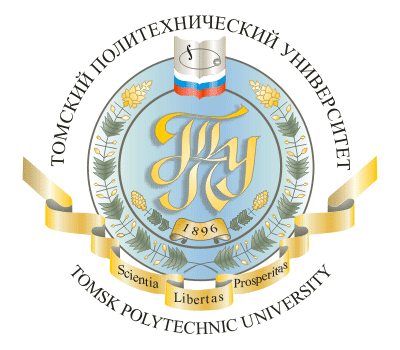Nuclear Reactors 280 - Tomsk Polytechnic University in Russia Is Developing An Improved Coating For Zirconium Nuclear Fuel Rods
Physicists at the Department of General Physics of Tomsk Polytechnic University (TPU) in Tomsk, Russia are working on improving the coatings on nuclear fuel rods. TPU was founded in 1896 and it was the first technical university established east of the Ural Mountains. TPU currently has twenty two thousand students. During its existence, TPU has graduated over one hundred thousand technical specialists.
Pellets of uranium fuel are inserted into tubes referred to as rods which are then combined into assemblies for insertion into the cores of nuclear reactors. The rods are made of a special zirconium alloy. Under the conditions in the reactor core, the interaction of water and zirconium at high temperatures generates hydrogen. The hydrogen accumulates in the walls of the fuel rods which results in a degradation of mechanical properties which can ultimately cause the rods to disintegrate.
As the temperature of the water in the reactor core increases, the production of hydrogen increases. At Fukushima, the flooding of pumping equipment raised the core temperature to over twelve hundred degrees Centigrade. The result was a rapid buildup of hydrogen which then exploded.
The team at TPU is developing a new coating of titanium nitride for nuclear fuel rods. The new coating will help prevent the generation of hydrogen. One of the researchers says that "During tests, titanium nitride has proved itself with high hardness, wear resistance, heat resistance and inertia. We also found that it protects well from hydrogen penetration into the material, what is critical for nuclear energy. The coatings can reduce hydrogen penetration in zirconium alloy."
The titanium nitride is applied to the nuclear fuel rods with two different techniques. The first technique is called magnetron sputtering. A gas is injected into a chamber which contains a target. The interaction of the gas and the target releases ions into the chamber which are attracted to and deposited on the surface of the fuel rods. The second technique is called vacuum arc deposition. In this technique, a material is evaporated in a vacuum chamber. The vapor deposits on the fuel rods. These two techniques yield a uniform layer of titanium nitride that is only two microns thick. (A micron is one millionth of a meter.)
The research team says that "One of the applications of the elaborating titanium nitride coatings is next-generation reactors and thermal nuclear reactors where hydrogen-impermeable coatings are a pressing issue. In such future reactors, temperatures are supposed to increase up to 400-450 °C to improve fuel burn-up efficiency. Consequently, hydrogenation of fuel rods will be here much faster. Our coatings are able to prevent it."
Hydrogen buildup and the risk of explosions is a serious problem for operators of nuclear power reactors. Considering that the next generation of reactors will operate at higher temperatures than the currently popular reactor types, it is imperative that solutions to hydrogen build up such as the work at TPU be found as quickly as possible.
